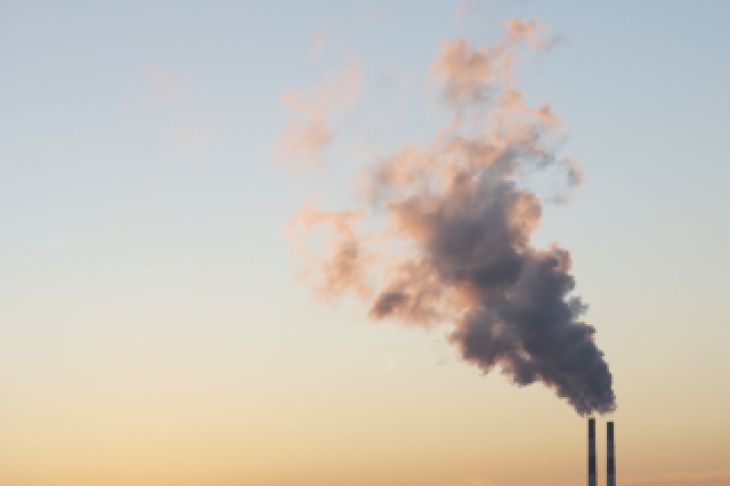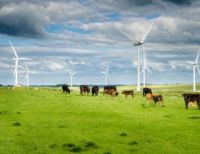Researchers at McGill University have come up with an innovative approach to improve the energy efficiency of carbon conversion, using waste material from pulp and paper production. The technique they’ve pioneered using the Canadian Light Source at the University of Saskatchewan not only reduces the energy required to convert carbon into useful products, but also reduces overall waste in the environment.
“We are one of the first groups to combine biomass recycling or utilization with CO2 capture,” said Ali Seifitokaldani, Assistant Professor in the Department of Chemical Engineering and Canada Research Chair (Tier II) in Electrocatalysis for Renewable Energy Production and Conversion. The research team, from McGill’s Electrocatalysis Lab, published their findings in the journal RSC Sustainability.
Capturing carbon emissions is one of the most exciting emerging tools to fight climate change. The biggest challenge is figuring out what to do with the carbon once the emissions have been removed, especially since capturing CO2 can be expensive. The next hurdle is that transforming CO2 into useful products takes energy. Researchers want to make the conversion process as efficient and profitable as possible.
About the study
Efficient integration of carbon dioxide reduction and 5-hydroxymethylfurfural oxidation at high current density was published in RSC Sustainability (2024).














